Search Images
Browse Content (p. 1388)
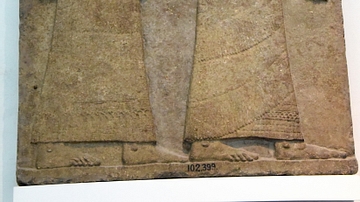
Image
King Tiglath-pileser III in a Ceremony
The Assyrian King Tiglath-pileser III (reigned 744-727 BCE) wears a ceremonial robe and holding a bow, once facing 2 high officials (no longer preserved but recorded in a drawing). Behind him, stands a beardless attendant holding a spear...
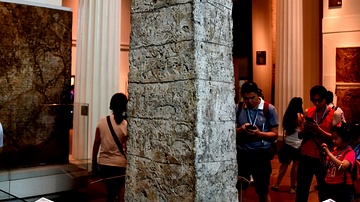
Image
The White Obelisk of Ashurnasirpal I
This limestone stela was excavated in 1853 CE. The incomplete inscription names Ashurnasirpal, probably Ashurnasirpal I (reigned 1049-1031 BCE). He is shown in his chariot fighting (at the top of the stela) and hunting (at the bottom), and...
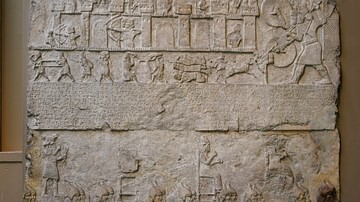
Image
Assyrian Military Campaign Against Syria
Assyrian wall panel from the Central Palace at Nimrud (ancient Kalhu), Mesopotamia, Iraq, reused later in the South-West Palace, from the reign of Tiglath-Pileser III, c. 728 BCE. The panel, one of a series, shows 2 disconnected scenes...
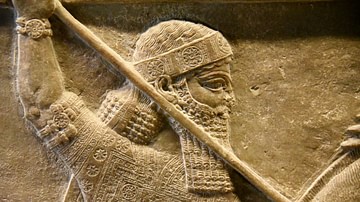
Image
Ashurbanipal II
This is a detail of a large wall relief of the so-called Assyrian lion-hunting scenes. This is the Assyrian King Ashurbanipal II. The King holds a long spear and is about to thrust it into a rearing lion's mouth (not shown here). Note the...

Image
Centaur Mosaic
A Roman mosaic from Arausio (Orange, France) depicting two centaurs. 2nd century CE. (Archaeological Museum, Orange)
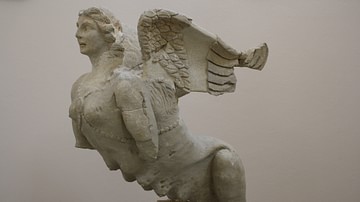
Image
Sphinx
Sphinx from a mausoleum at Arausio, (Orange, France), 1st century BCE.
Archaeological Museum of Orange.
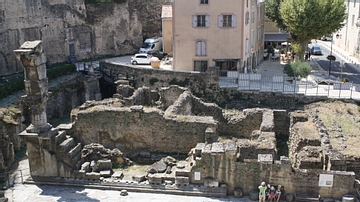
Image
Roman Temple, Theatre of Orange
The ruins of the 2nd century CE Roman temple, probably dedicated to the emperor, which is located next to the 1st century CE theatre of Arausio (Orange, France).
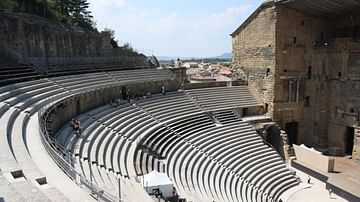
Image
Cavea, Theatre of Orange
The restored seating area (cavea) of the 1st century CE Roman theatre at Arausio (Orange, France). Originally, the theatre had capacity for 9,000 spectators.
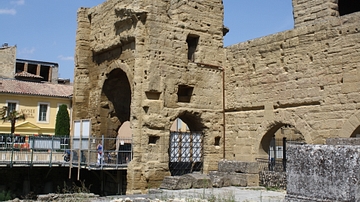
Image
Entrance Arch, Theatre of Orange
The monumental arched entrance of the 1st century CE Roman theatre at Arausio (Orange, France).
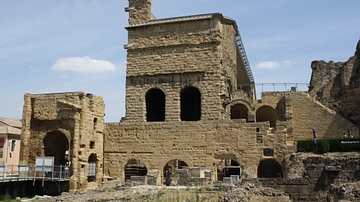
Image
Side View, Theatre of Orange
The monumental arched entrances to the 1st century CE Roman theatre of Arausio (Orange, France).